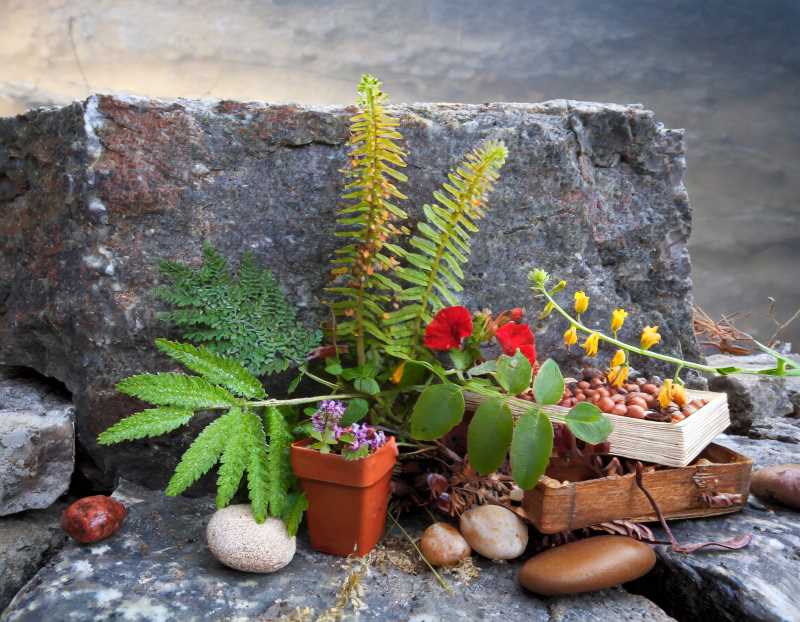Cracking the Case of Vanishing Plant Species Facing Extinction
Plant species are vanishing faster than ever, with 3 out of 4 undiscovered species at risk. Researchers at UNAM and Kew Gardens unveil the urgent need for taxonomy to understand and conserve our precious flora, highlighting the irreplaceable diversity of life on Earth.

Have you ever stopped to smell the roses or pondered the mysteries of the plant kingdom? Well, we're about to take a wild ride through the lush world of plants and their precarious predicament. We're diving headfirst into a botanical saga that's more riveting than your favorite Netflix series. This is not your average story of greenery – it's a tale of extinction, survival, and the ultimate quest for knowledge.
Once upon a time, before humans even set foot in the jungle, plant species flourished like nobody's business. They were doing the whole “grow and thrive” thing at their pace. But then, fast-forward to today, and our green pals are disappearing faster than you can say “photosynthesis.” According to some super-smart folks at the Institute of Biology (IB) of UNAM, plant species are becoming extinct 500 times faster than they did back when cavemen were the most eco-conscious creatures around.




